Raum & Zeit
Covering only some two square kilometres in area, the small island of Sehel lies roughly two kilometres south of Elephantine Island, and is home to more than 600 rock images and inscriptions dating from the Predynastic and Early Dynastic Periods to the Greco-Roman era. The island’s landscape is characterised by undulating clusters of spherical and pillow-shaped boulders formed by geomorphologic processes. The rock images and inscriptions are all located at the south-eastern tip of the island. The majority was carved into the opposing hillsides of the two highest elevations, Hussein Tagug and Bibi Tagug. The smaller rock formations Maltineg, Moussein Tagug, and Siou Debba, situated further north of Hussein Tagug and Bibi Tagug, also feature some rock carvings. However, only a few inscriptions were left on Ras Sehel, the southernmost hill.
The sanctuary of the local goddess Anukis, the “Lady of Sehel”, supposedly once stood on a plateau with a natural rock niche on the eastern hillside of Hussein Tagug, though archaeological remains of it are scarce. Nevertheless, Middle Kingdom inscriptions mentioning Anukis and her sanctuary, as well as decorated fragments of a naos inscribed with the cartouches of Sobekhotep III point to the existence of a sanctuary since the Middle Kingdom at the very latest. Some inscriptions, however, further imply that processions to Sehel Island already took place during the early Old Kingdom. Perhaps a simple sanctuary structure had been already constructed at that time. This assumption is based on its comparability to the early sanctuary of the goddess Satet on Elephantine Island which was likewise built around a natural niche within the bedrock. Nonetheless, location, content, and orientation of most of the rock images and inscriptions seem to be predominantly connected to Sehel’s importance as a border control and observation post. Over the course of the New Kingdom, the cult of Anukis ultimately reached its zenith when the duration of her festival procession was extended from originally three to four days during the reign of Amenhotep II. On account of this extension and a restoration of the sanctuary likely accomplished by the same king, it attained superregional popularity and increased attention from the state. Around the same time the harbour was probably also relocated from the southern bay to the eastern bank of the river north of Bibi Tagug. In the latter stages of the Ramesside Period, however, the popularity of the festival procession gradually declined. This can be deduced from a distinct decrease in the carving of inscriptions at that time which were now mostly made or commissioned by local officials, and might be the consequence of the loss of economic and political authority over the Nubian province. This situation may well have caused that the sanctuary could no longer be maintained by the end of the 20th Dynasty, which possibly led to the usage of a kind of mobile shrine during the procession. In the Ptolemaic Period, the cult of Anukis appears to have experienced a revival. A small temple of Ptolemy IV made of sandstone is presumed to have stood west of the northern rock formation known as Moussein Tagug, but no remains of it are preserved in situ.
Though Sehel Island also consists of some outcrops of the rough-grained pink granite, a construction material especially popular in the New Kingdom, there were no quarrying activities at this site during pharaonic times. It was only in the Greco-Roman Period that some quarrying was undertaken in the north-western part of the island, as well as on a larger scale on the eastern and southern hillsides of Hussein Tagug.

